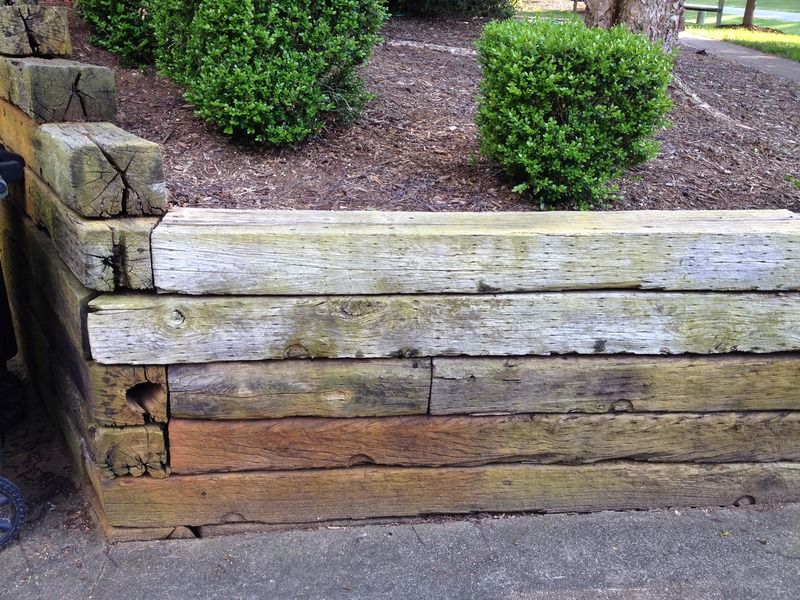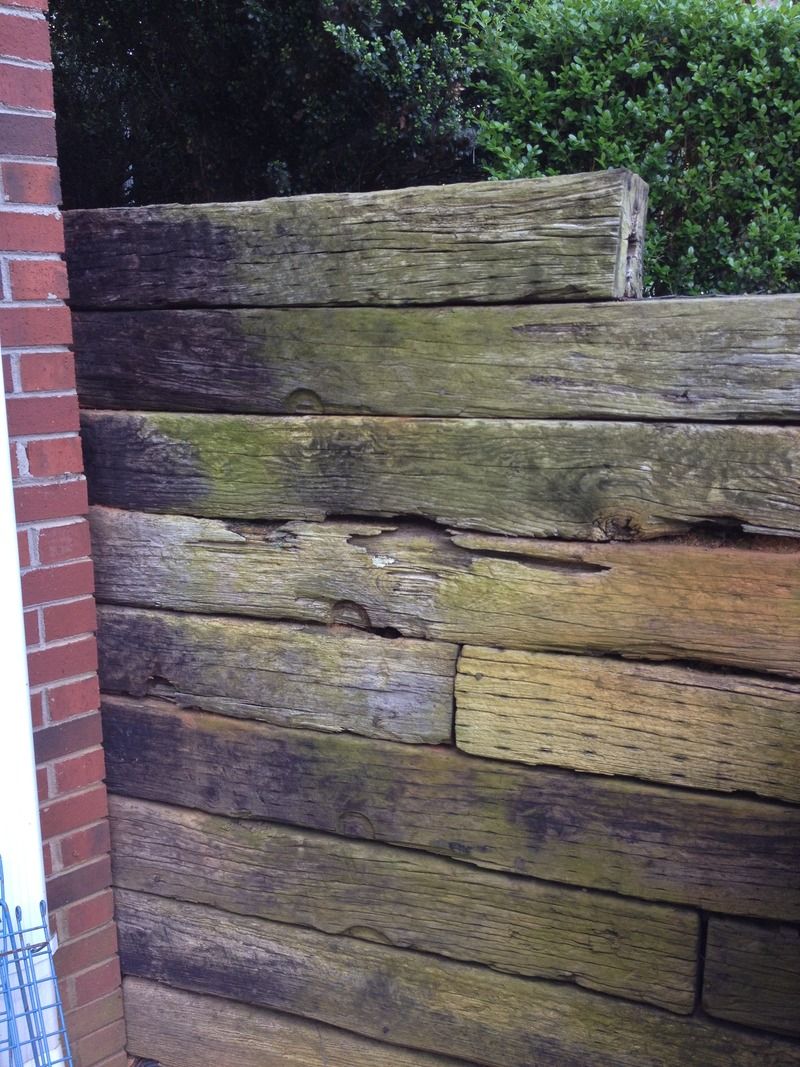foxtrapper wrote:
SVreX wrote:
Creosote is banned for residential purposes. Used railroad ties are not, and never were, including in CA.
Don't make it scary. Think of the children.
The ban is on creosote wood in residential construction, there is no exemption for the creosote soaked woods of used railroad ties. Not even in California. That, in part, is why I strongly suspected his timbers were not railroad ties.
Used railroad ties are generally in poor shape, which makes it further unlikely to have been used in new residential construction. That is the reason I especially doubted they were used railroad ties.
Not to say that individual businesses or persons will not construct with real creosote soaked railroad ties, used or otherwise. That does not mean it is good work or legal. Just that it does, in fact, happen.
Remember too, all used railroad ties are the property of the railroad, to be disposed of as they see fit. Sometimes they will sell them, but many times they are simply being stolen from their stockpiles. The same thing happens to their stockpiles of new railroad ties.
I am not trying to argue with you, but you are incorrect.
Creosote can not be used in residential applications. That means it can not be applied, nor sold for residential purposes. It also means it can't be used in construction.
But landscaping is NOT construction. Well, sometimes it is (when it is an application that requires a permit).
And homeowners are not licensed contractors, therefore not required to abide by licensed procedures.
A homeowner working under a building permit may not use them for construction. That means structural, retaining walls, erosion control requiring a permit, etc.
They CAN however utilize used materials for decorative purposes. This would include ties, pallets, reclaimed materials with lead paint, etc.
That's why you can buy the darned things online from Home Depot:
http://www.homedepot.com/p/Unbranded-Used-Railroad-Tie-Cresote-Treated-Common-7-in-x-9-in-x-8-ft-Actual-96-in-5100000070908000/100023488
Creosote is not banned. It CAN be used for industrial applications, and some commercial applications, but not farming (can't put them in proximity where an animal may lick them, or they can leach into the soil near food products).
Creosote soaked timbers which are hauled off as waste are hazardous waste, and must be disposed of accordingly. That means if the manifest says so. However, they can be hauled off as reclaimed materials without regard for hazards.
You are correct- the railroad generally owns the ties. But some leave their possession legally. For example, we do railroad maintenance, and are frequently asked to remove ties. Some contracts require us to dispose as waste. But some just require us to remove them, and they become our property as the demolition contractor.
This is not a black and white issue. Most people don't realize how many nuances there are to regulations like this. Same reason auto shops don't usually have a "Waste Oil" area (they have a "Reclaimed Oil", or a "Recovered Oil" area- motor oil is not a hazmat, waste oil is).
And absolutely NONE of this helps ProDarwin answer his question. Unfortunately, I can't help with that one (and apologize for contributing to the thread jack).







































